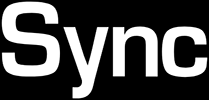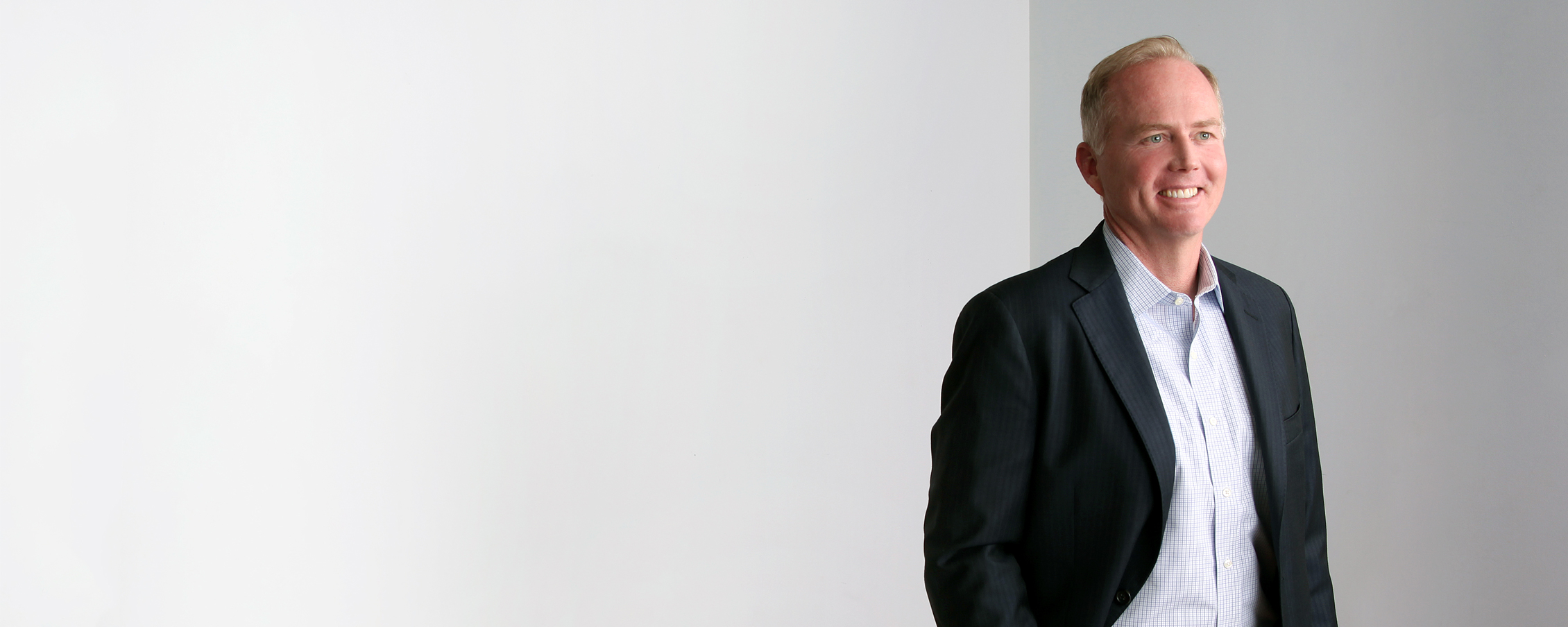When I took the job at HD Supply, then under Home Depot, I did it not to be part of a huge retailer, but to be part of its unique vision to defragment the industrial distribution market, much as they had done in retail DIY.
I had decided to make the leap from mechanical engineering to IT, after ten years working for Michelin in the United States and France. We came to Atlanta, Georgia because we wanted to settle in a major American city with long-term career opportunities, and that’s what led me to accept the HD Supply position.
In 2005, Home Depot was acquiring almost a company per month, and we were responsible for the IT-related diligence and integration—a real challenge considering Home Depot was also in the process of figuring out the business’s portfolio mix. Ultimately, we completed more than forty acquisitions, and early on, Home Depot’s IT became the foundation for our data centers, payroll, and other key platforms. Eighteen months later, however, things took an abrupt turn when Home Depot divested HD Supply. Suddenly, the HD Supply IT team had to make rapid decisions about how to build out an IT foundation for what was essentially a $13 billion startup.
I became part of the IT leadership team that created the foundation of what is now the tech infrastructure behind HD Supply. We were fortunate because our largest acquisition, the $5 billion Hughes Supply Company, had an enterprise data center in Orlando, Florida, and a strong IT culture. Literally within hours of hearing the announcement about our divestiture, we decided Hughes’s data center would become the anchor upon which we would build. With the IT teams from Hughes, our acquisitions, and many key leaders hired from big companies, we built the new infrastructure, HR, and many other core platforms in a very short time.
Next, the collapse of the housing market pulled us into a period of unbelievable economic difficulty. After 2006, we were close to $13 billion in annual revenue. Over the next three years, annual revenue was approximately $6 billion. It was a hard market for residential, commercial, and municipal construction. To be successful, HD Supply leadership executed a focused plan to adjust to the marketplace realities and throughout the down cycle focused on strategic growth initiatives and customer-facing process improvements.
From an IT standpoint, we invested heavily but prudently, developing a set of business capabilities in IT that were cost effective and scalable. We started with twenty-three data centers, and between 2007 and 2011 we exited twenty-one of those centers while investing in the two we operate today. We worked hard to innovate through the latest in virtualization of servers and storage and telephony capabilities, like SIP trunking, to radically reduce the cost of operations. We rationalized our application portfolio, going from thirty-five ERPs to six that now run the business, and a current divestiture will actually reduce that by two more.
All the businesses we acquired were not built for the scale we needed to grow. Our HD Supply Facilities Maintenance business, with more than $2.3 billion in annual revenue, did not have a sufficient ERP platform to grow at the pace of the business’s growth. We put SAP into that business, taking our call centers live in 2009, and today that business thrives on SAP. It’s IT-intensive, servicing over 30,000 orders per day from more than forty distribution centers across the United States and Canada. Half the order volume now originates in e-commerce channels. Had we not invested in SAP when we did, we do not believe we could have achieved our current—let alone our projected—scale.
Then & Now
Cowles highlights the changes that the business made in order to become an industry leader
Then: “The original business was a small part of an $80 billion retail operation where HD Supply was just a vision. We got to go in and become a large national brand that maintains a local touch, and that’s still the secret to our company today.”
Now: “We’ve struck the perfect balance between being a boots-on-the-ground company with local relationships and knowledge, and benefitting from the power of a strong, national brand with Fortune 500 resources and capabilities.”
Similarly, in our commercial construction business, we saw early that our ambition to grow would put us beyond the capabilities of the legacy ERP, so we moved to Oracle over a two-year period. Having learned from many implementations, the team focused on what we call the “path to value,” or the business outcomes, and not on the tech deliverables. The implementation was very successful and gave us a framework for future campaigns.
All of this taught me to focus from beginning to end on the desired business outcomes, not just on the technology milestones. Be realistic up front—this is not a job for IT alone, it requires intense business partnership. In implementations, you have to grade yourself on more than deploying a system. Don’t stop until you reach meaningful success tied to business objectives.
We have a track record of executing around 200 projects a year, but I think we’re actually doing too many projects. Part of my philosophy as the CIO is we need to starve the good ones so we can feed the great ones. Once we pick the winners with the highest returns and lowest risks, we then break the large problems into smaller bites that can be solved and owned by a small team. I believe small teams can make a big difference. They can fail fast, recover, and learn with limited risk. They can be very agile and interactive with the customer. When you empower young up-and-comers to own a project, you create a culture of better accountability and understanding compared to an environment where everyone is a small part of a huge team.
We hire smart people and help them figure out how to produce great work without solely relying on our vendor partners to hand us a roadmap. We build our roadmaps from capabilities, not products, and then we create an environment where our teams can go after those capabilities in the most elegant way. We believe in open source and custom software to create or bridge packaged software to let us do what we need to do.
Ten years after we started, the foundation is set, and now we can execute on the right high-return projects. We will continue to invest in all three of our major business units to extend our e-commerce capabilities. We integrate into the customer process and make it easier for them to do business with HD Supply.
What IT does matters. HD Supply has differentiated itself in the market and doubled its stock price from our 2013 IPO. We’ve done that because we grow faster than our markets, and IT contributes to that growth because we offer new and improved sales channels, better integrations, and better customer service that helps us attract and retain customers. Data and predictive analytics show us where we can sell more to existing customers, and our efforts in information security keep the company safe. We know we have to deliver innovative solutions to further differentiate HD Supply, and we’re more ready than ever to do that.

